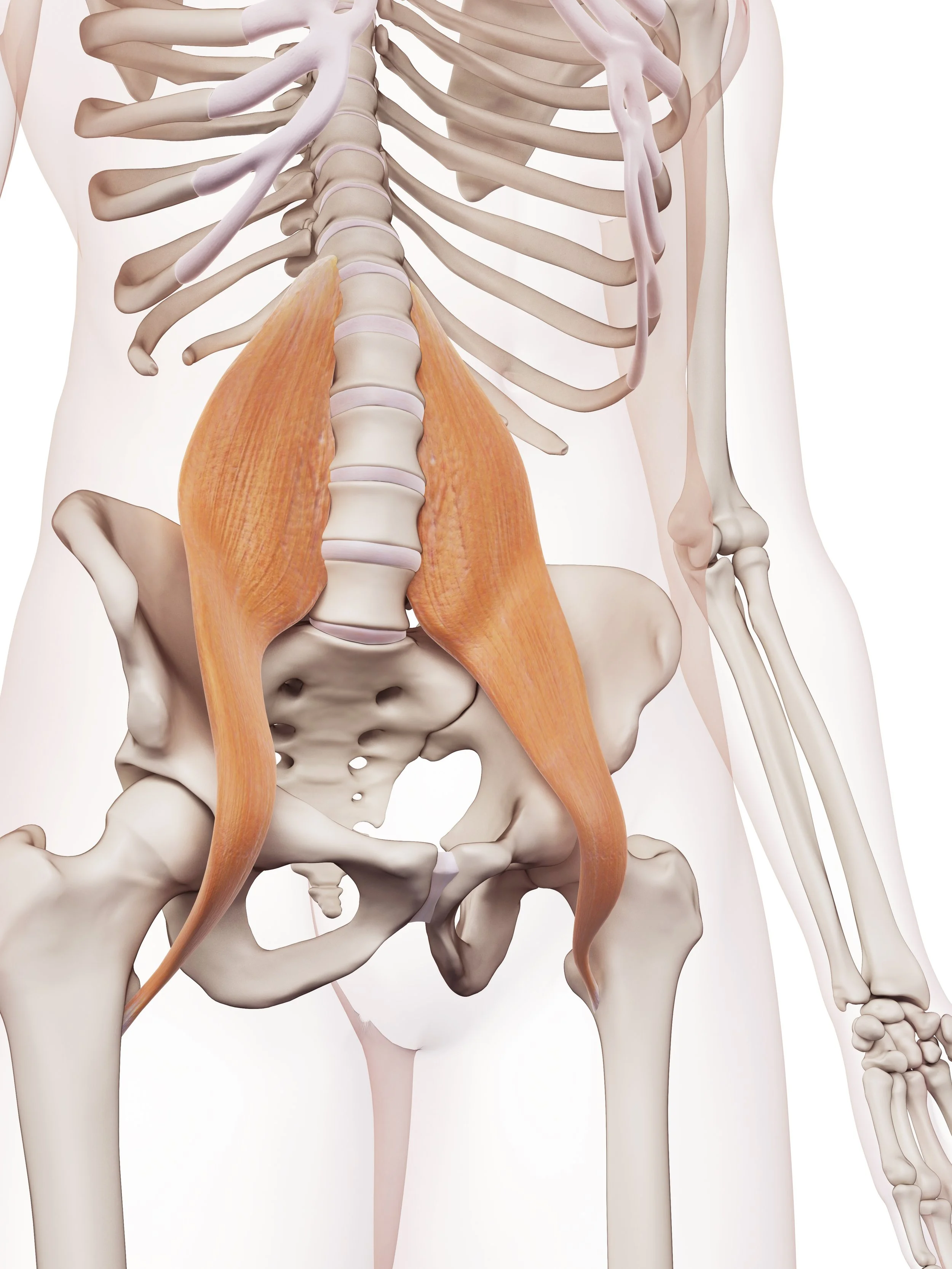I have had more recently the pleasure of working in close collaboration with craniosacral therapists that specialize in pediatric and infant care. It's a highly symbiotic clinical relationship, that allows to get the best outcome if both parties can properly assess and address the problems in our little humans. More recently, I've had a few referrals for evaluation of infants with persistent delayed milestones, general positional discomfort and irritability on very young children, where the therapist indicated to me that the shoulder was the source of continued relapses.
Neuromusculoskeletal pediatric providers normally do a pretty good job at assessing cervical related birth insults, such as torticollis, however there is a particular type of birth related injury that often goes unrecognized, much less untreated, even in our profession and beyond. There is not a classic clinical textbook term to describe the finding below, but in my own notetaking system, I have dubbed it "cervical costal clavicular injury".
The anatomy of the anterior neck and shoulder girdle in infant is ultimately not all that different from adults, with the exception that the bony structures are not fully ossified, and that the clavicle in particular is very malleable, allowing for distortion and occasional green stick fractures so that a child can survive birth if they have large shoulders. The purpose of this blog is not to review the rather complicated anatomical path that an infant has to traversed during birthing, through the maternal pelvis, but rather to pinpoint this particular problem, its presentation and its corrective intervention.
Once the infant's head has cleared the maternal pelvic floor, the shoulders are next, and the shoulders are typically going to be broader. So there could be a delay of multiple pushes between the head and shoulder delivery. This is a particularly vulnerable time for torsional extension and traction injuries in the area of the junction of the neck and the shoulder girdle. Depending upon the position of the head in relationship to the torso, the cervical spine could already be in pretty significant lateral flexion and rotation. The point of failure so to speak, could be in the cervical spine, but in many cases it's going to be in the shoulder girdle, and especially in the anterior part of the shoulder girdle, where the anterior neck meets the sterno-clavicular joint (the joint between the clavicle and the breastbone), as well as the area of the first rib, just posterior to the clavicle, and connected to the neck through anterior cervical muscles called the scalenes. The cervical costal clavicular insults can happen even when there's no overt history of shoulder dystocia during delivery, it can happen simply with a couple really hard pushes between the head and shoulder delivery, and may not be recalled by the parents or birth attendant at the time when I take a history on the infant.
The result can be a pretty significant misalignment and impingement between the first rib, the clavicle, and sometimes the brachial plexus (the nerve bundle exiting the front of the cervical spine to go into the arm). As a result, the infant will often exhibit the following:
– being very uncomfortable while held against a chest and only being able to face a parent with their head in one direction. The parent may also notice that one arm feels very stiff and pushing back against the chest when they're holding the child facing them
– generally being fussy, uncomfortable especially being held facing the parent, or in the prone position, since it causes pressure on the affected shoulder girdle.
– Having some difficulty comfortably turning their head in both directions equally, not being able to nurse well on both sides (although that's a finding that overlaps significantly with cervical problems)
– being very uncomfortable and crying if their head is moved away from the affected side, usually because it increased the amount of pinching and impingement between the first rib and the clavicle, or increases pressure and traction on the brachial plexus.
– Having some difficulty propping themselves up on their arms in the prone position, crying when put on the stomach, and some delay in normally propping themselves up in the stomach lying position. This may be especially noticed on one side more than the other
– delay in rolling over, especially on one side, since you need to have adequate integrity of the anterior shoulder girdle in order to do so.
– Sometimes difficulty with suckling, with the sensation of a really tight jaw on one side. (Moms will often notice that the jaw tends to go sideways with a harsh latch, since the anterior neck muscles connect to the root of the tongue)
– significant difference between position and use of one arm versus the other. Very often the presentation is that of the "T Rex arm", where the infant will hold their affected arm closer to their breastbone and less likely to extend it or relax it normally
The chiropractic intervention for this problem requires a careful examination of the child’s cervical spine, as well as the entire shoulder girdle, sternoclavicular, first rib, anterior cervical, and mid cervical spine. The corrective adjustments are really quite different than the cervical adjustments, and do require very specifically correcting the relationship between the first rib the clavicle and sometimes the mid cervical spine, in order to achieve normal mobility of the sternoclavicular joint, normal brachial plexus integrity and movement at the outlet from the cervical spine. The good news about the treatment is that it's usually remarkably quick, with changes in arm and neck movement and position, within one or two treatments. There may need to to be a few more treatments to stabilize the situation away from rebound, especially if the problem has been there for more than four weeks, but it's not unusual for a child to suddenly start rolling over for the first time within two days of the first treatment.






